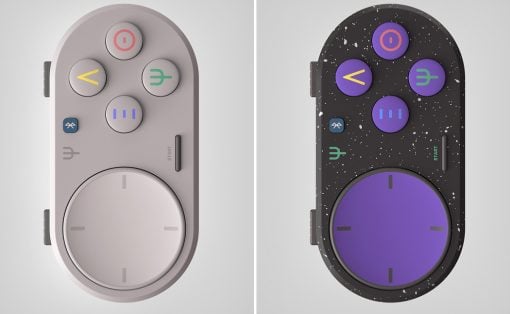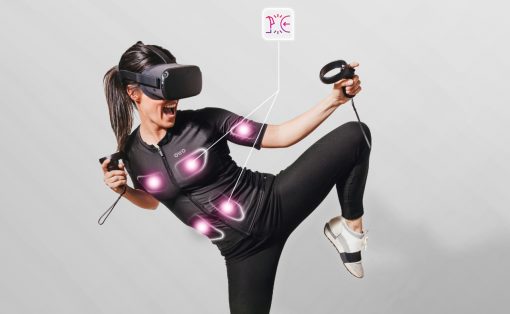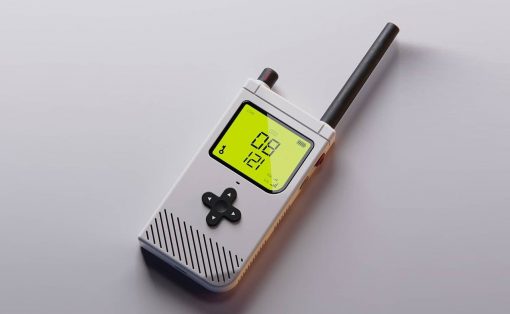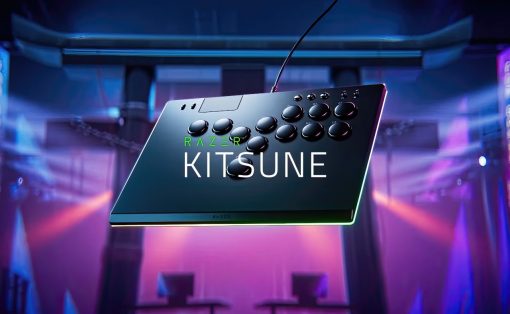
Game controllers today follow a standard design and format, and most of them gravitate between two or three conventions, depending on the major console brand they’re supporting. Once upon a time, however, there was a bit more variety and exploration in what controllers could look like, at least as long as they still supported all the basic controls that the machine and the games required. This gave birth to a few oddities, some of which gained widespread notoriety despite their limited availability. One of those was perhaps one of the weirdest but also rarest controllers ever made for the original PlayStation, and one such design was reshaped to become one is probably one of the most distinctive PlayStation handhelds ever crafted.
Designer: Takara Tomy (modded by Hairoh Satoh)
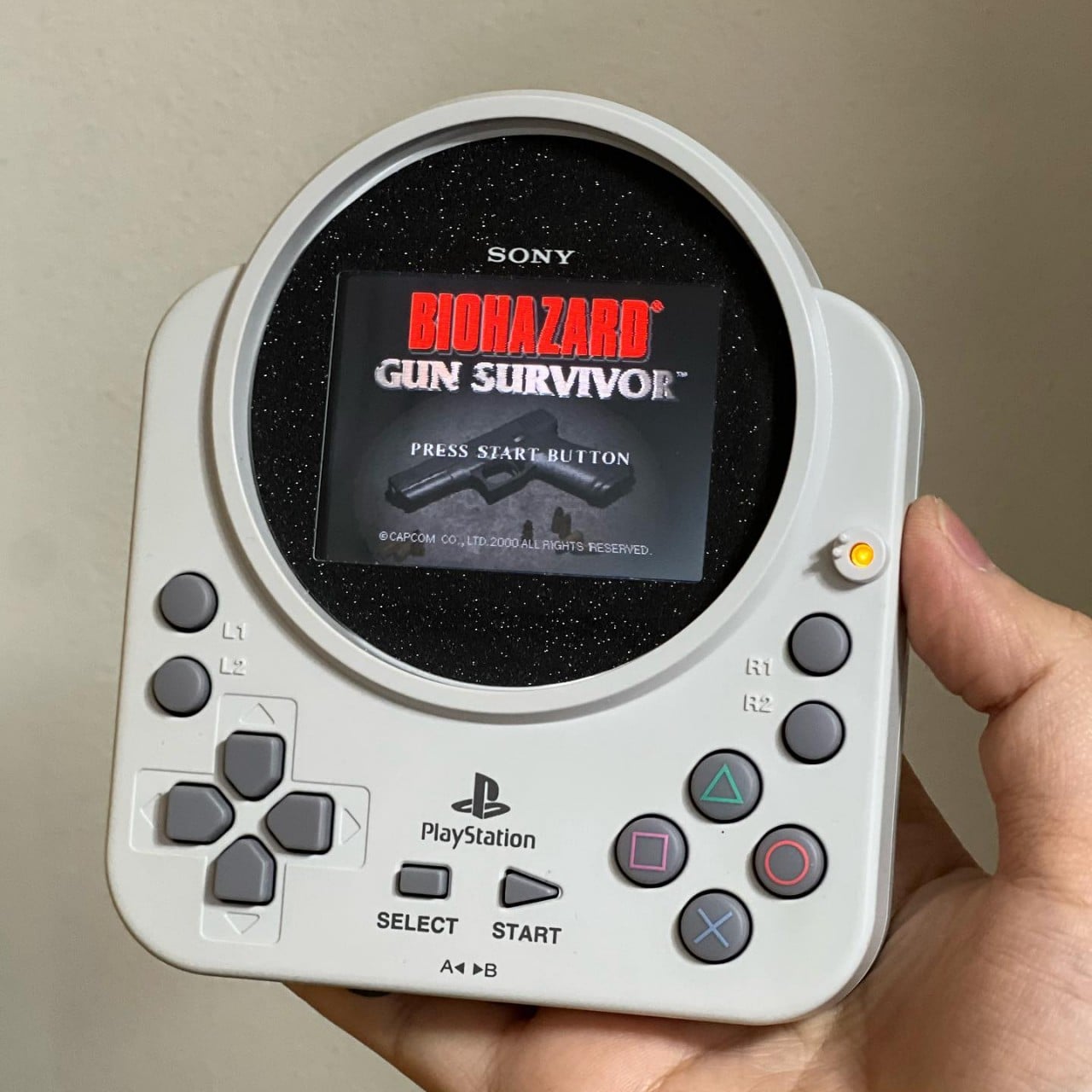
In 2001, PlayStation owners in Japan got a glimpse of an officially licensed controller specifically designed for the popular Game of Life video game. Unlike rectangular controllers even during that period, this custom gamepad was practically square with a circle at the top edge extending a bit beyond the border. This circle was home to a roulette wheel used in conjunction with that game, earning this Japanese-exclusive design the name “Takara Roulette Controller.”
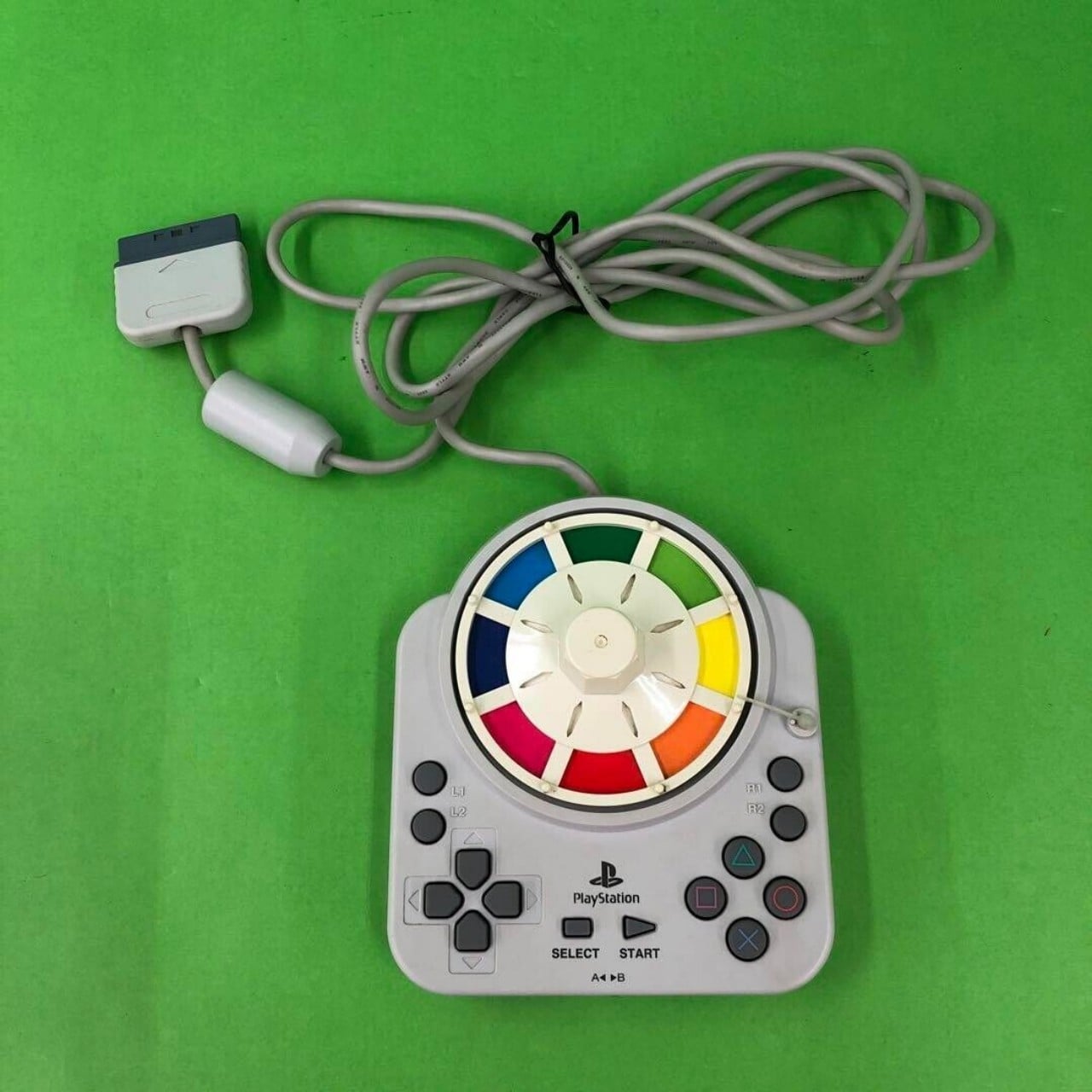

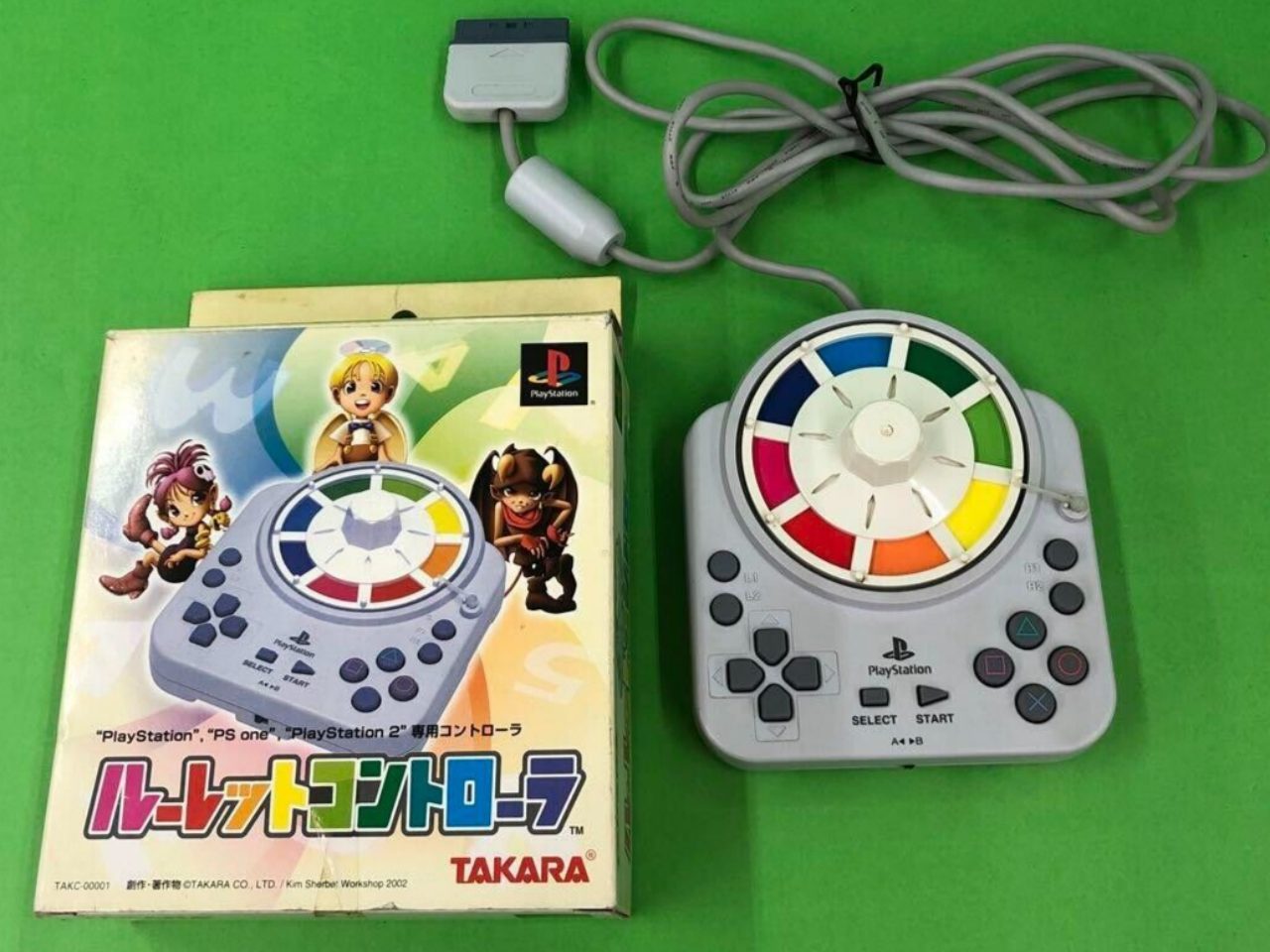
Images courtesy of miepro_02
More than two decades later, a modder best known for his Game Boy mods has given this rarely-seen controller a new lease on life as a standalone gaming device. The spinner wheel, which has no use in any other game, was replaced by a small LCD screen that allowed the user to play games directly on it. Of course, that also means that the internals of the controller have been gutted out to make room for a small computer, probably a Raspberry Pi or one of its kind.
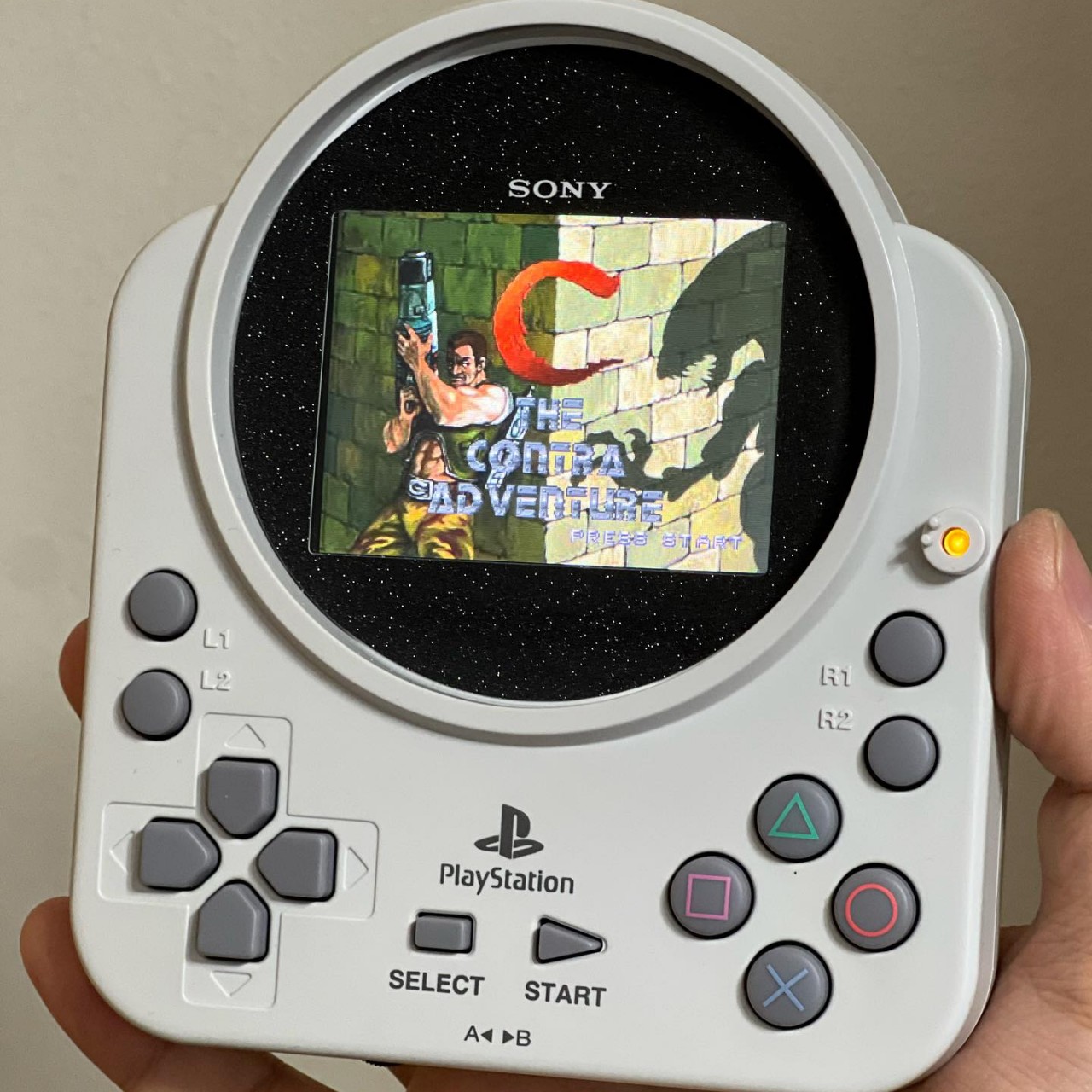
That alone would have been impressive enough, but the mod goes above and beyond to bring a few modern gaming conveniences. While the original controller is more or less complete when it comes to buttons, the mod adds L and R back triggers as well. The small space also has a memory card slot, USB-C charging, and speakers that truly make the gaming handheld independent and portable. Whether it’s comfortable to actually play on for long periods of time is a different question entirely.

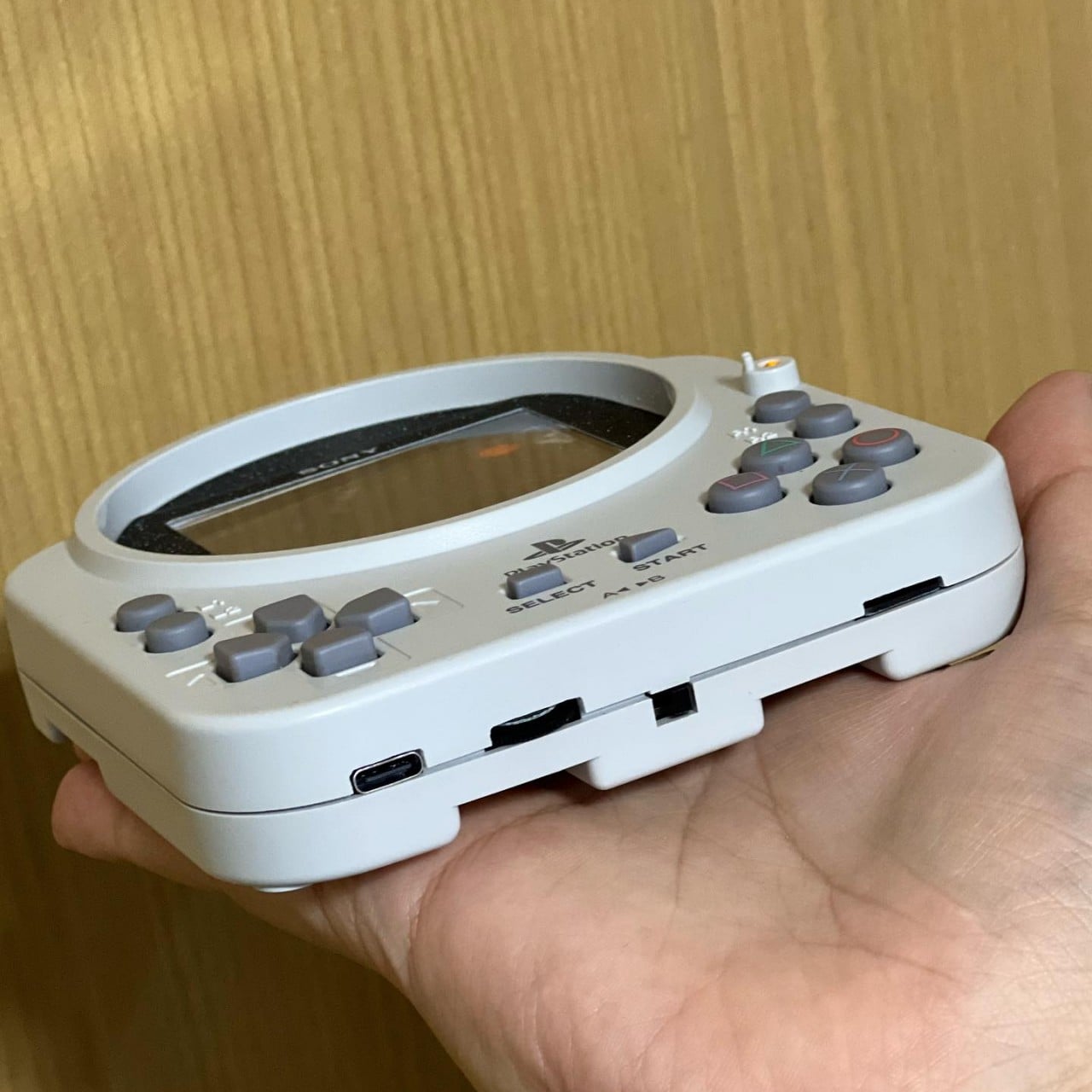
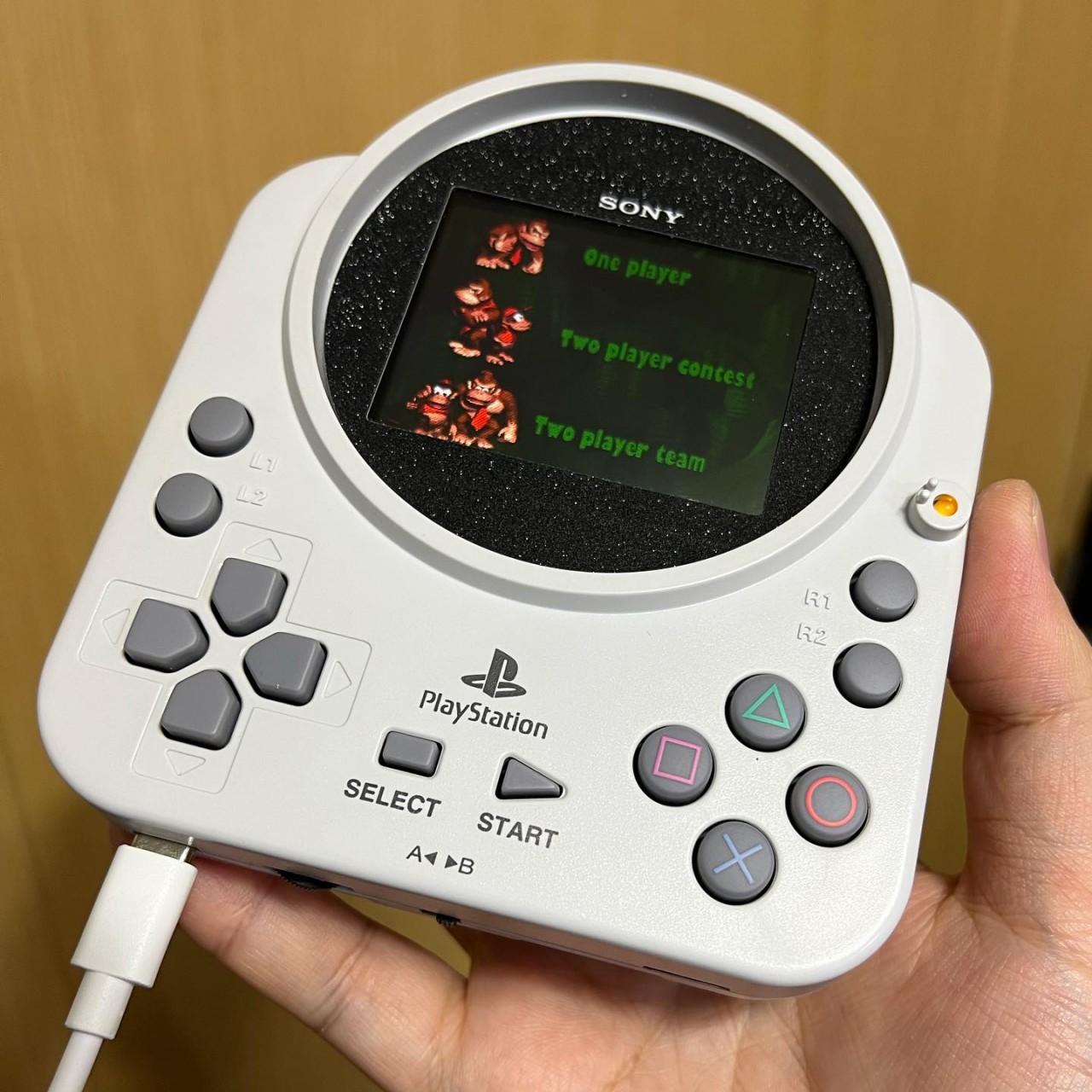
Unfortunately, the controller clearly shows its age with the absence of analog joysticks that are now standard on modern controllers. Then again, since it’s mostly emulating PS1-era games, that’s not exactly a problem either since those titles didn’t make use of such controls. But since it’s technically using a computer that can run emulation software, it’s theoretically possible to also run games from other consoles, particularly classic titles that have simpler controls, less demanding graphics, and gameplay that’s well suited for this retro controller design.




